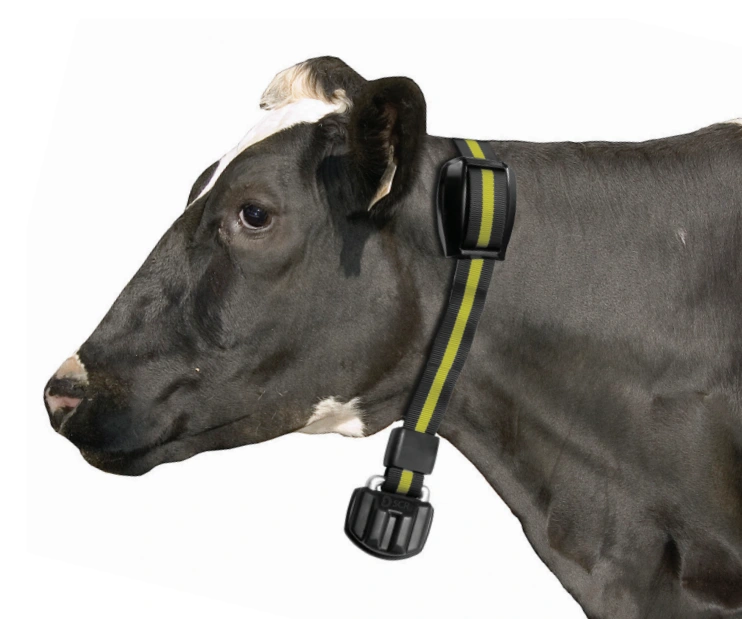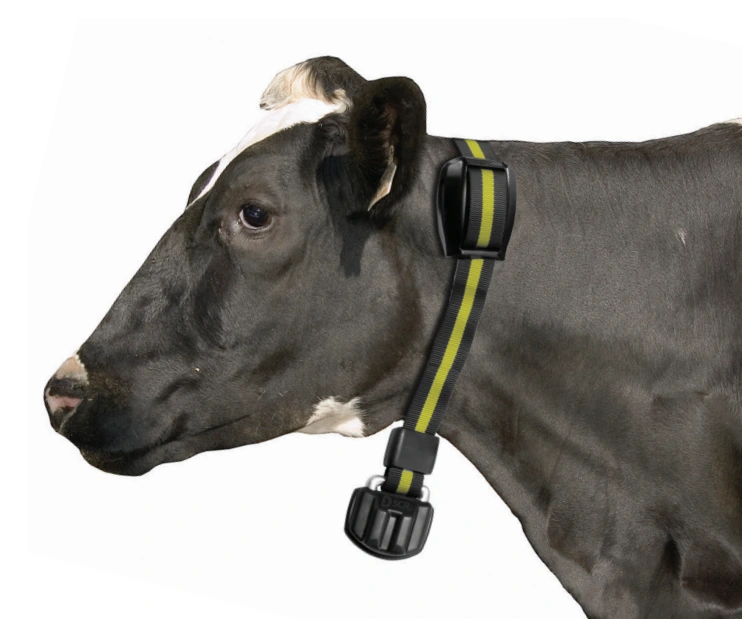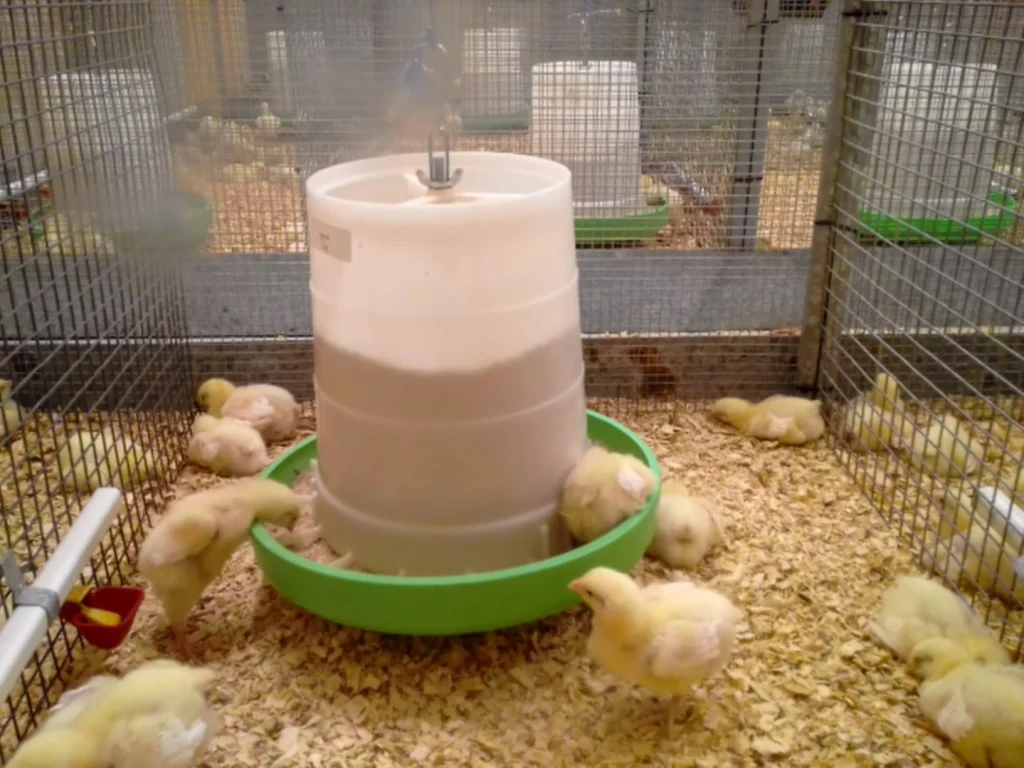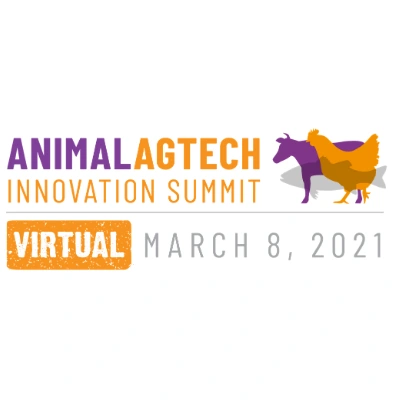
Monitoring technologies delivering animal welfare outcomes
Dec 03 2020

Our feature story looks at emerging technologies such as sensors, machine vision, machine listening and robotic surveillance, which have found a place in the growing field of agtech for animal health. Animal health is of paramount importance in farming systems and new technologies that can measure indicators of animal health are supporting farmers in enhancing animal welfare outcomes and detecting early signs of disease.
For your on farm animal health needs, you can discover almost thirty different solutions for animal health and performance in our AgTech Finder Directory.
Biosensors for dairy herd health
The intensive nature of dairying has opened up a number of opportunities for agtech, with accurate sensing technology a worthwhile investment. Sensors were first used in the dairy industry to measure the physiology or behaviour related to a cow’s oestrus (heat), which indicates that cows are ready for insemination. Inseminating at the wrong time can result in significant economic losses for dairy farmers.
The walking speed of a cow, and the amount of time she spends lying down, standing, eating, drinking or being idle changes during oestrus. Sensors that automatically detect changes in an animal’s behaviour and condition, can then trigger an alert to the farmer.
Cows in heat are more restless. The simplest sensors have a ball or mercury switch inside a chamber that moves from side to side measuring the total activity of the animal. More advanced sensors can measure the intensity of the motion on three different planes: side to side, up and down, and front to back. The monitoring device is attached to the cow by a leg strap or neck collar.
Overseas, where the industries are bigger and the farming systems more intensive, there are more tools available. The HeatWatch®II system, for example, is a miniature radiowave transmitter linked to a pressure sensor, which is glued to the cow’s back. When she stands to be mounted by a herdmate (an indication of oestrus) a radiowave transmission is triggered.

The devices transfer their data to a receiver via infrared or radio frequency. The data is then transferred to a base computer via direct cable or wirelessly. (Source: Dairy Australia)
More recently, the role of sensors in the dairy industry has expanded to measure a range of other animal health and product quality parameters. Sensors can now measure milk, fat, and protein yields and milk components to monitor cow fertility and udder health, such as monitoring for the presence of mastitis. The activity tracking technology used for oestrus detection can also pick up when an animal is lame. And systems have been developed that measure the weight of cows and rumination time.
Dairy Australia has published a Guide to automated heat detection technologies to help farmers assess the various automated heat detection technologies currently available in Australia, including how they work, their key advantages and limitations, their likely performance and the features to consider when choosing a system.
Applications for sensor technology are not unique to dairy cattle, the northern beef industry in Australia is trialling birthing sensors and calving collars to reduce the rate of calf mortality, as detailed in a recent AgTech Finder feature story.
Ear tags that track and record animal behaviour are being used in Australian feedlots to test their ability to more accurately and rapidly diagnose cattle with symptoms of Bovine Respiratory Disease (BRD), the most common cause of illness and death in Australian feedlot cattle. Currently most feedlots rely on trained pen riders to observe clinical signs of the disease, who have only seconds to make decisions on the health status of the cattle.

The monitoring device may be attached to the cow by a neck collar and divides the activity data into short blocks, allowing for precise identification of increases in cow activity (source: Dairy Australia)
Machine vision for poultry welfare
Emerging technology for monitoring flock health in the poultry industry is looking beyond sensors to other forms of high-tech surveillance. Dr Cheryl McCarthy from the University of Southern Queensland (USQ) has been working on low-cost machine-vision technology that can identify patterns in poultry behaviour that alert producers to potential health issues.
Chicken sheds are typically inspected three times per day and rely on human observation, whereas Dr McCarthy’s system deploys continual on-board image analysis to provide minute-by-minute alerts. The technology uses cameras and artificial intelligence to identify patterns in behaviours that may not be noticeable to the human eye, similar to facial-recognition software.
“The cameras observe the daily behavioural patterns of the chickens, picking up changes indicative of underlying health issues,” Dr McCarthy said. “The technology’s artificial intelligence spots subtle patterns in behaviours: are the chickens sitting more often? Grouping together? Not eating as much? This data can be used in the diagnosis of temperature stress or foot conditions like footpad dermatitis.”
The software has wide-reaching possibilities, such as in a free-range setting using drone technology.

Low-cost machine-vision technology is identifying patterns in poultry behaviour that alert producers to potential health issues. (Source: USQ)
Audio analytics detecting respiratory disease
‘Machine listening’, like machine vision, is also helping to improve animal welfare in the poultry industry.
The AudioT system uses a combination of acoustic signal processing techniques and machine learning to track and analyse sounds inside poultry houses. If an event of interest is detected, such as a bird coughing or a fan motor failure, the farmer is alerted.
Audio surveillance has the added benefit of being a low-cost option for producers. Microphones are a durable, well-established technology, compatible with other sensory systems and can be added relatively cheaply, while audio processing software requires substantially less processing capacity than video or other imaging.
As the machine-learning patterns are established, other sounds can be added that augment the producer’s ability to monitor their production environment. By learning to recognise a wide range of sounds chickens make, and adding sounds from the shed, additional poultry health and welfare applications are possible.

Animal Agtech Summit
An event to watch out for to learn more about emerging animal agtech, the Animal Agtech Summit will be held as a virtual summit on the 8 March 2021. It aims to accelerate innovation in animal health and welfare, sustainability, and farm to fork solutions. The world’s leading animal health and nutrition agribusinesses, producers, entrepreneurs and investors will present live, with roundtable discussions on how technology and investment can be targeted to have the greatest impact on the animal agriculture industry.
Visit the website for more information.
Posted in Practical Advice
You Might Also Like
Apr 08 2025
AgTech News Roundup – 3 April
Issue 006: ABARES Snapshot of Australian Agriculture 2025 released, new agtech manufacturing facility for the Darling Downs, and the Beta version of the Foragecaster app now on AgriWebb marketplace.
Read MoreMar 21 2025
AgTech News Roundup – 20 March
Aussie ag valued at $91bn for 2025/26, says ABARES. Plus, what can Australia learn from New Zealand when it comes to renewable energy? All this, and more, in edition #004 of the Fortnightly Finder.
Read MoreMar 06 2025
AgTech News Roundup – 6 March
Aussie ag valued at $91bn for 2025/26, says ABARES. Plus, what can Australia learn from New Zealand when it comes to renewable energy? All this, and more, in edition #004 of the Fortnightly Finder.
Read MoreFeb 27 2025
AgTech News Roundup – 20 February
The latest product launch from connectivity pioneers, is VC broken for AgTech? The Right to Repair, Funding Opportunities and more.
Is AgTech broken for Venture Capital?
With an estimated value of $97m per year, will Australia legislate the Right to Repair? NFF members want to.
Plus: Funding opportunities you may have missed
Read MoreList your company on AgTech Finder.
AgTech Finder helps Australian Farmers and producers find the product that’s right for them.
Register now to be a part of the community, get access to a national platform and start gaining insights to improve your products.
